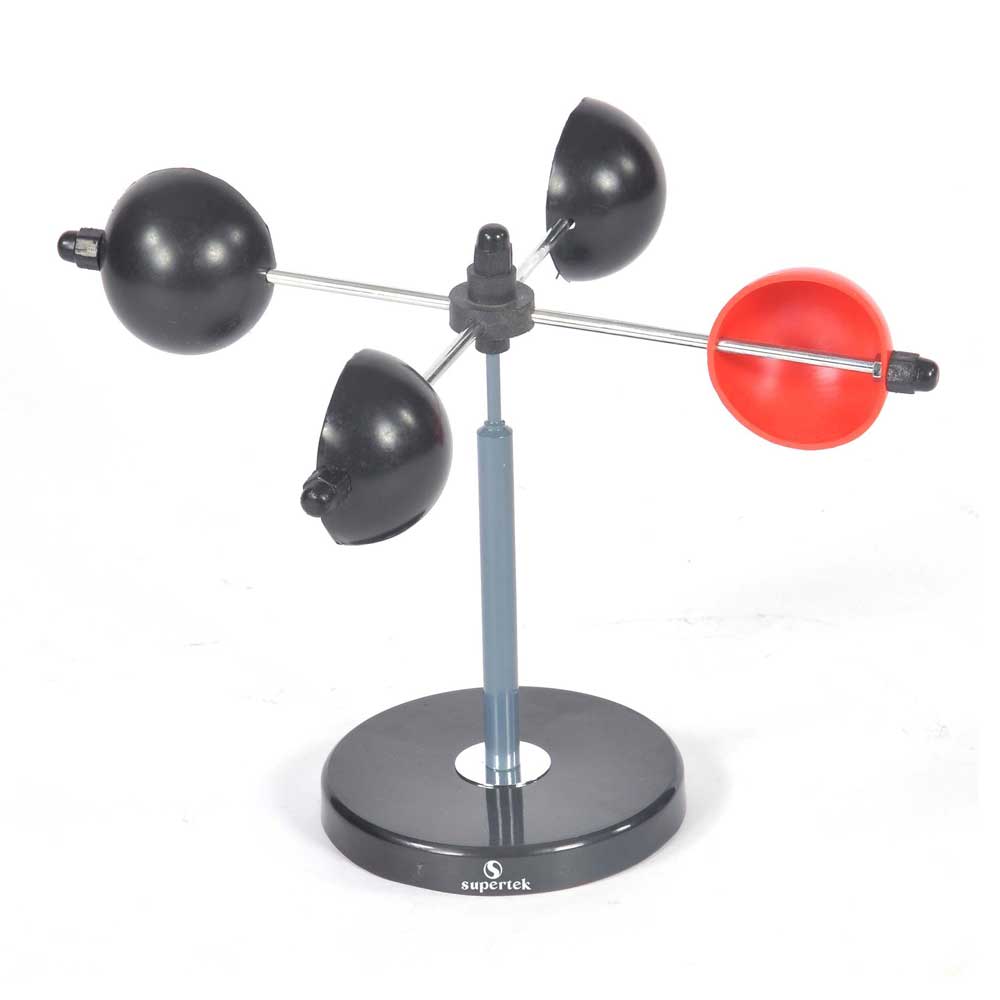Exploring the Functions and Advantages of Anemometers for Weather Condition Fanatics and Specialists
From cup anemometers to sonic anemometers, each type brings its distinct collection of benefits and applications, losing light on numerous elements of atmospheric problems. As we delve into the functions and advantages of anemometers, a much deeper understanding emerges not only of prevailing climate phenomena yet likewise of the wider implications for sectors like wind power production and ecological research study.
Value of Anemometers in Climate Monitoring
Anemometers play an essential duty in weather condition tracking by supplying exact measurements of wind rate, assisting in projecting and understanding climate patterns. These tools, ranging from standard cup anemometers to modern ultrasonic anemometers, are necessary for meteorologists, scientists, and weather condition enthusiasts alike. By determining wind rate, anemometers help in determining the strength of weather condition phenomena such as storms, typhoons, and tornadoes. Furthermore, they give beneficial data for air travel, maritime operations, and various markets that are sensitive to wind problems.

Kinds Of Anemometers and Their Applications
The most usual types of anemometers consist of cup anemometers, vane anemometers, hot-wire anemometers, and ultrasonic anemometers. Cup anemometers consist of three or four mugs installed on straight arms that revolve with the wind, gauging its rate. Vane anemometers, on the other hand, make use of an easily revolving vane to straighten with the wind instructions, providing both wind speed and direction dimensions.
Cup anemometers are durable and ideal for general weather condition tracking, while vane anemometers are preferred for directional measurements. Ultrasonic anemometers are non-intrusive and supply high accuracy, frequently used in study and specialized climate surveillance applications.
Advantages of Utilizing Anemometers in Projecting
In weather forecasting, the utilization of anemometers provides indispensable advantages for improving the accuracy of climate forecasting. Anemometers determine wind rate and direction, giving important data for anticipating weather patterns. By integrating wind information into forecasting designs, meteorologists can better comprehend the activity of climate systems, prepare for changes in atmospheric conditions, and problem extra accurate projections.
Moreover, anemometers play a vital role in evaluating potential weather condition hazards. Keeping track of wind rates aids forecasters predict extreme climate occasions such as cyclones, tornadoes, and winter storms with greater accuracy. This very early caution system enables authorities to provide timely alerts and apply essential precaution, reducing the risks to life and building.
In addition, anemometers help in enhancing renewable energy manufacturing. By evaluating wind patterns, meteorologists can determine appropriate places for wind farms and anticipate energy result, adding to the efficient generation of wind power.

Anemometers in Wind Power Production
Offered anemometer the essential function anemometers play in supplying accurate wind information for climate projecting and risk assessment, their significance includes the realm of wind energy production. Anemometers are essential tools in the area of wind energy, where the measurement of wind rate and direction is crucial for establishing the expediency and performance of wind turbine installments. By accurately determining wind rates at varying heights, anemometers aid optimize the placement and layout of wind generators to optimize power output.
In wind farms, anemometers are purposefully put to collect real-time wind information that is utilized to analyze the possible energy production of a website. This information contributes in determining the economic viability of wind energy jobs and in projecting energy generation to make sure grid stability. Furthermore, anemometers help in keeping track of wind problems to maximize wind turbine performance, avoid damages article source from high winds, and ensure the security of employees operating in the location of wind generators.
Enhancing Weather Condition Recognizing With Anemometers

Anemometers play a vital duty in enhancing our understanding of microclimates. These local climate problems can differ considerably from more comprehensive regional projections, making it necessary to have accurate data for particular areas. anemometer. By strategically placing anemometers in numerous locations, researchers can collect thorough info on how wind behaves in different surfaces, metropolitan settings, or bodies of water
Additionally, anemometers add to enhancing weather forecasting versions by offering real-time data on wind actions. This details is especially valuable for forecasting severe weather occasions, maximizing agricultural techniques, and sustaining industries like air travel and maritime navigating. Generally, anemometers are indispensable tools that enable us to dive deeper into the intricacies of weather systems, eventually leading to even more better-informed choices and exact predictions.
Conclusion
In conclusion, anemometers play a vital role in climate monitoring and projecting click this by determining wind rate and instructions. Anemometers additionally have applications in wind power production, additional highlighting their significance in both meteorology and sustainable power industries.
From mug anemometers to sonic anemometers, each type brings its special set of advantages and applications, losing light on various elements of atmospheric conditions. These instruments, ranging from traditional mug anemometers to contemporary ultrasonic anemometers, are essential for meteorologists, researchers, and weather condition enthusiasts alike. The most usual types of anemometers consist of mug anemometers, vane anemometers, hot-wire anemometers, and ultrasonic anemometers. Cup anemometers are ideal and durable for basic weather surveillance, while vane anemometers are preferred for directional dimensions. Anemometers are necessary instruments in the area of wind power, where the dimension of wind speed and direction is vital for identifying the expediency and effectiveness of wind turbine installations.